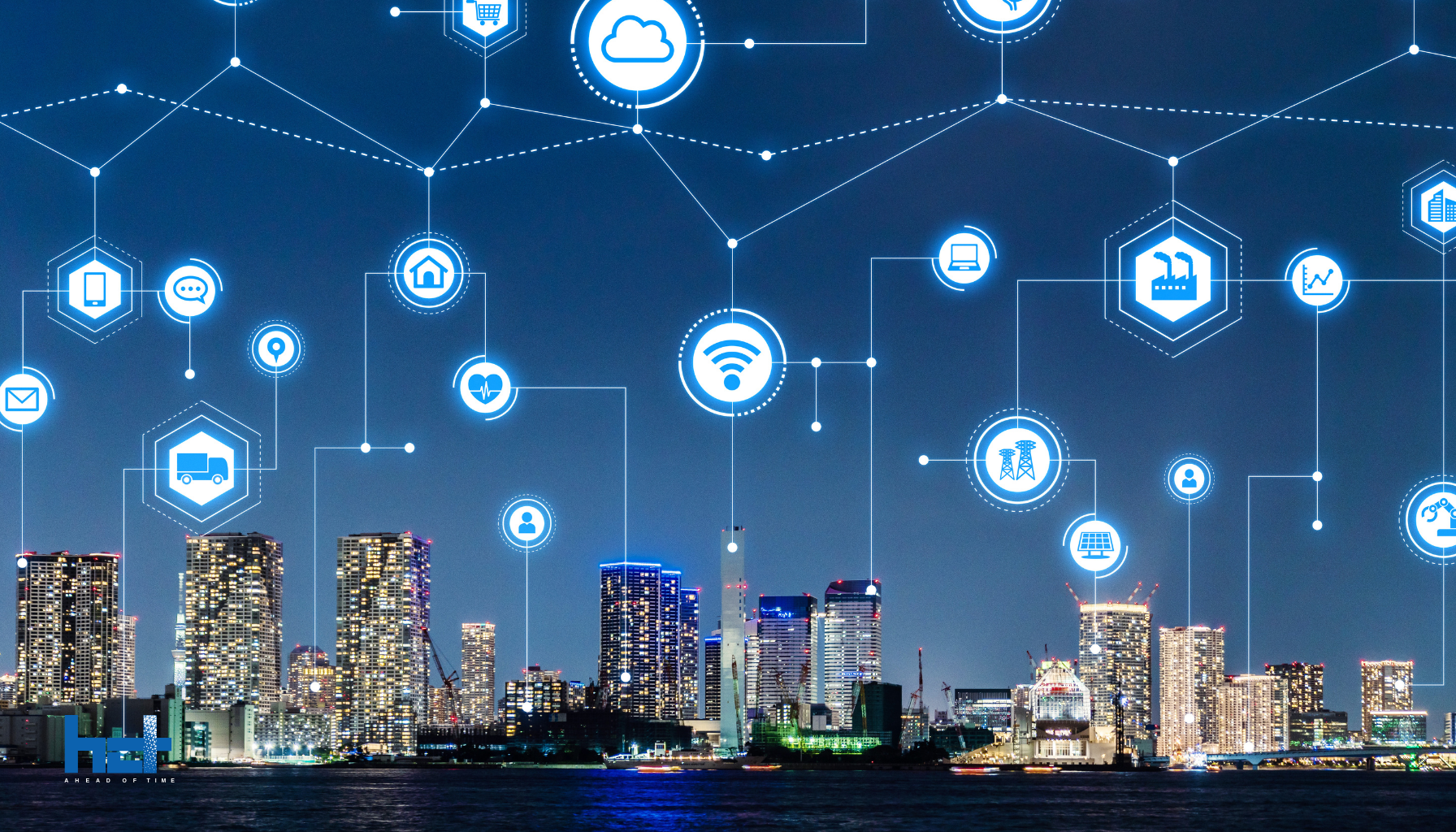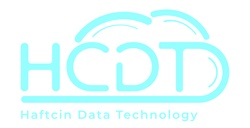Smart cities represent a revolutionary approach to urban development, blending advanced technology with sustainable practices to enhance everyday life. As connectivity expands worldwide, more cities are embracing cutting-edge solutions such as the Internet of Things (IoT), artificial intelligence (AI), and data analytics to boost efficiency and create livable, eco-friendly environments.
The Rise of Smart Cities
Rapid population growth has placed immense pressure on traditional city infrastructures. From traffic congestion to increasing energy demands, urban centers face numerous challenges. Enter the smart city concept: a holistic model where technology acts as the backbone to streamline operations and foster community well-being. These connected cities rely on sensors, cloud computing, and real-time data to optimize resources, automate processes, and provide tailored services to residents.
Key Technologies Transforming Urban Landscapes
- Internet of Things (IoT): IoT devices—like smart traffic signals, connected parking meters, and intelligent waste management systems—gather insights that help city authorities make data-driven decisions.
- Artificial Intelligence (AI): AI-powered analytics platforms process large volumes of data to detect patterns, predict demands, and recommend improvements. This aids in everything from emergency response to energy distribution.
- 5G Connectivity: High-speed, low-latency networks enable seamless communication among devices, ensuring real-time control and monitoring.
- Big Data & Cloud Computing: Centralized data storage offers easy access for city planners to analyze performance, predict future trends, and implement customized solutions.
- AI Cameras: A Key Smart City Solution: AI cameras are transforming urban environments by providing real-time monitoring, advanced analytics, and instant alerts to enhance public safety and resource management. By optimizing responses and reducing downtime, AI cameras help cities become more efficient, secure, and livable for residents.
Benefits of a Connected City
- Efficient Transportation: Smart traffic lights reduce congestion by adjusting signals based on current conditions. Meanwhile, connected public transit systems offer accurate schedules and route updates, improving mobility.
- Reduced Environmental Impact: Energy usage can be closely monitored and optimized. For instance, smart streetlights dim when they sense no activity, cutting electricity costs and carbon emissions.
- Enhanced Public Safety: High-definition surveillance cameras, AI-based threat detection, and predictive policing help law enforcement maintain safer urban areas.
- Citizen Engagement: Digital platforms and apps enable residents to report issues, receive instant alerts, and participate in local governance, increasing transparency and community involvement.
HCTGroup: Driving Innovation in 5G, IoT, AI Cameras, and Mobile Net Zero
HCTGroup leads the charge in developing cohesive smart city ecosystems, offering integrated solutions across 5G connectivity, the Internet of Things (IoT), and AI camera technology. Additionally, their mobile net zero service focuses on reducing carbon emissions within mobile networks—enabling cities to embrace sustainability while expanding digital infrastructure. Through their cutting-edge approach, HCTGroup empowers urban centers to evolve into smarter, greener communities, ensuring a balanced blend of innovation and environmental stewardship.

Challenges and Future Outlook
Despite the promise, integrating smart city technology demands careful planning and significant investment. Data privacy becomes a vital concern as sensor networks continuously collect information. Securing this data from cyber threats is crucial to maintaining public trust. Furthermore, building a truly inclusive smart city means ensuring equal access to digital services, bridging the gap for underserved communities.
Looking ahead, advancements in renewable energy and sustainable infrastructure will further shape urban development. Green buildings and eco-friendly transportation, combined with ever-evolving connectivity, can help cities remain resilient in the face of climate change. Collaboration among government bodies, private enterprises, and local communities will be essential to unlock the full potential of smart technologies.
Conclusion
Smart cities hold immense promise for tackling urban challenges, boosting efficiency, and fostering sustainable growth. By harnessing IoT, AI, and data analytics, these innovative urban hubs empower city leaders to make informed decisions and offer high-quality services. As more regions adopt connected infrastructure, the future of smart cities will continue to evolve—becoming not just a vision, but a blueprint for modern living in our rapidly changing world.
